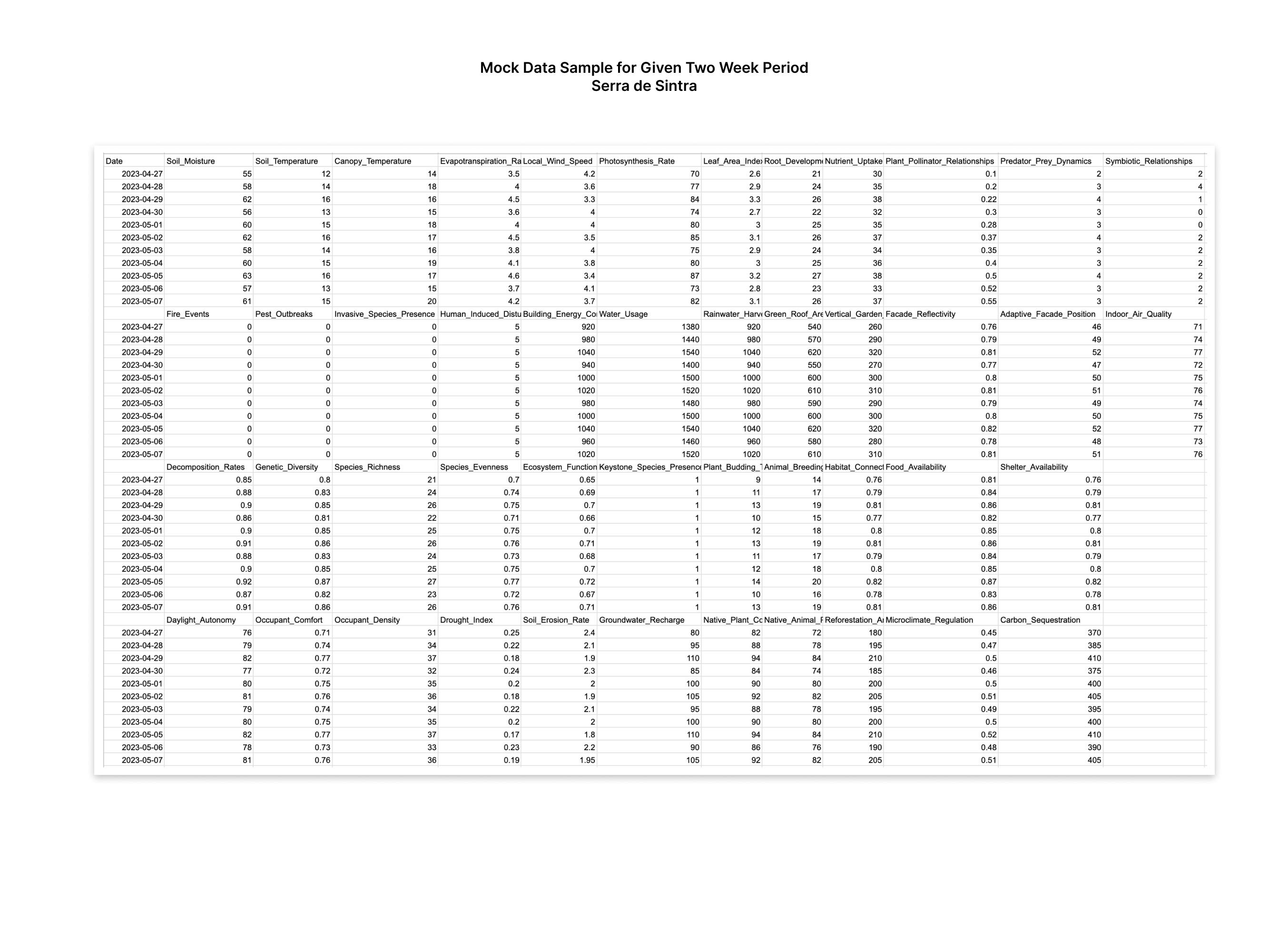Space
2023
Challenge
Symlink
Creating an Environmentally Responsive Datascape in Sintra, Portugal
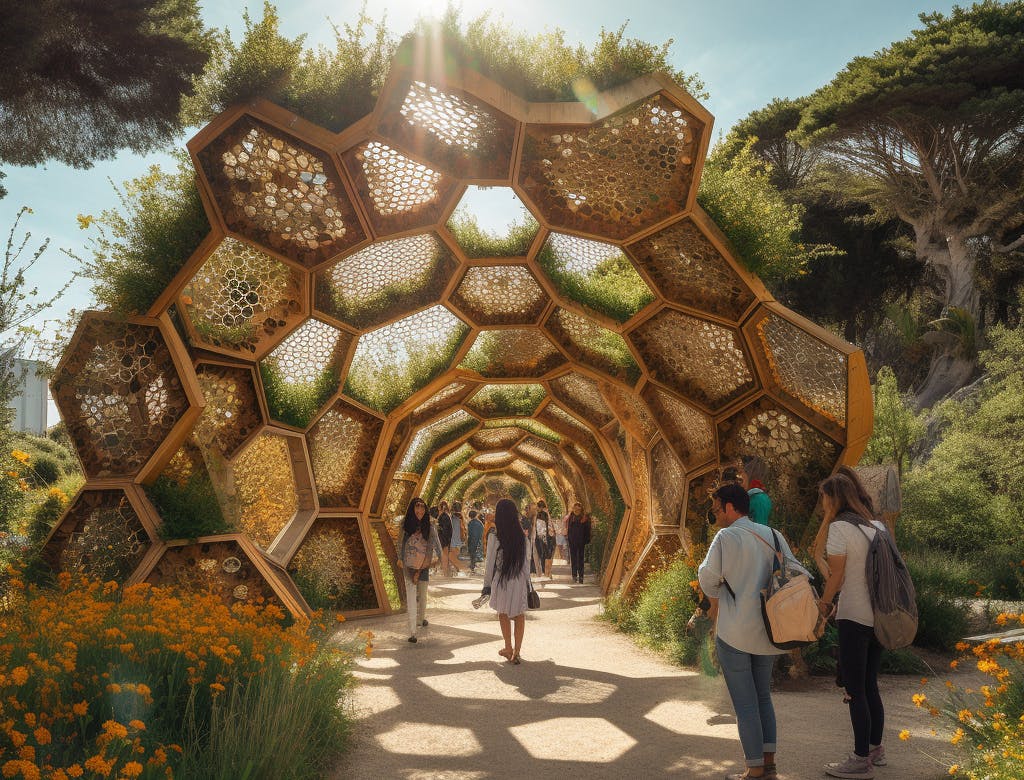
Outcome
Additional
Details
Symlink is an environmental data system that bridges human and non-human communities through responsive design. In Summer 2023, exhibited at Design in the Age of AI at Space10, Copenhagen Architectural Festival, 3 Days of Design Festival, and the World Congress of Architects Conference.
Finalist @ Regenerative Futures AI Design Competition.
Links
The focus of the Symlink project is the future development of regenerative cities by utilizing a large language model. Symlink designs for a future where hyperlocal data sensors dot the landscape. The collected data is used to inform design decisions at the community level. Tiled installations that blend with the architectural vernacular of the Sintra, Portugal region inform locals of surrounding environmental data and any discrepancies. By using data of 45 environmental variables specific to the Sintra region, a large language model is tasked to identify ecosystem health discrepancies and give design recommendations for improvement. The model, trained on the Sintra community, translates the suggestions into prompts that generative AI uses to create images. The output demonstrates potential visuals to incentivize behavior change in the community, while also showing the potential of the system itself. Read more at the full project showcase at Space10 here.
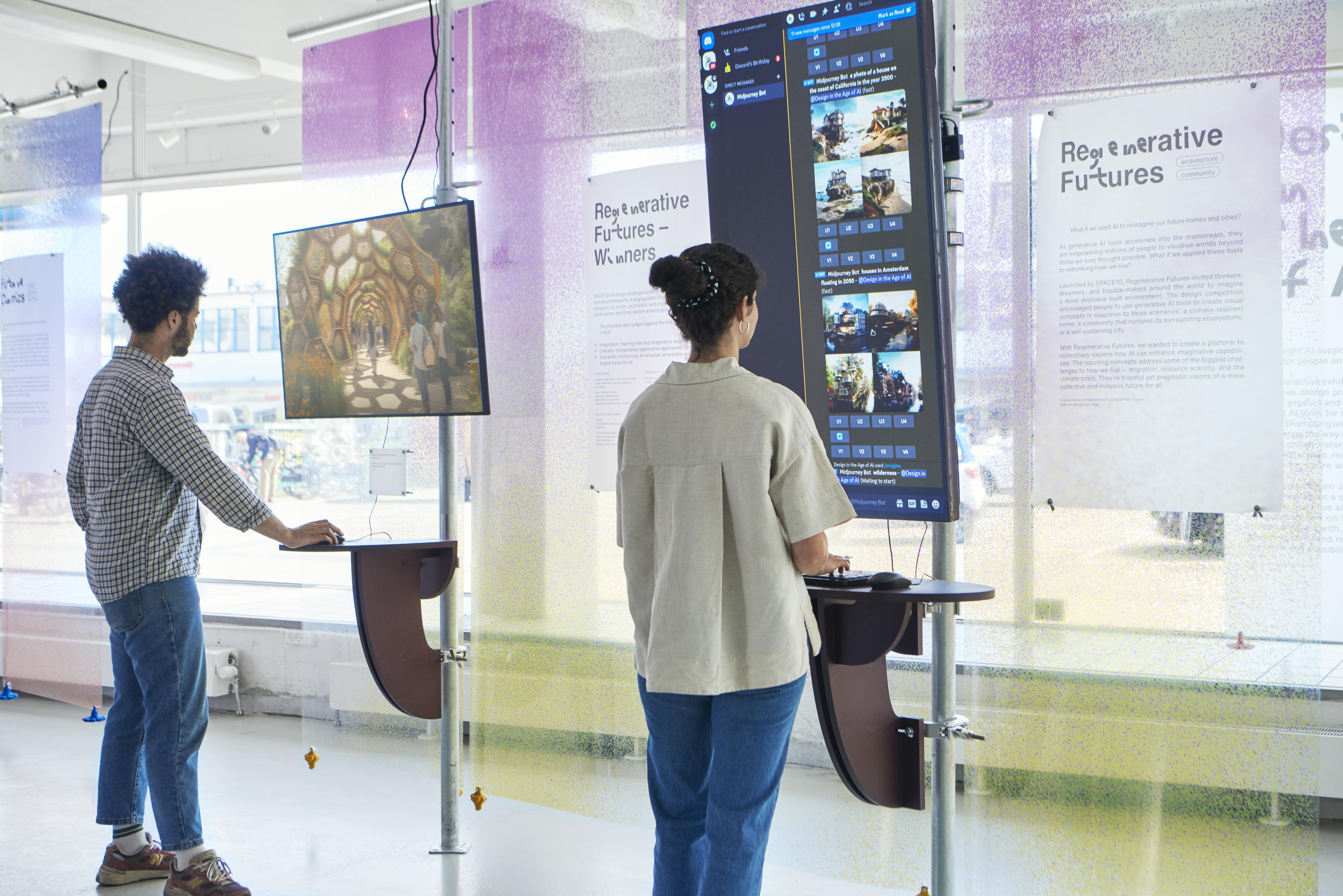
Display at SPACE10's Design in the age of AI Exhibit
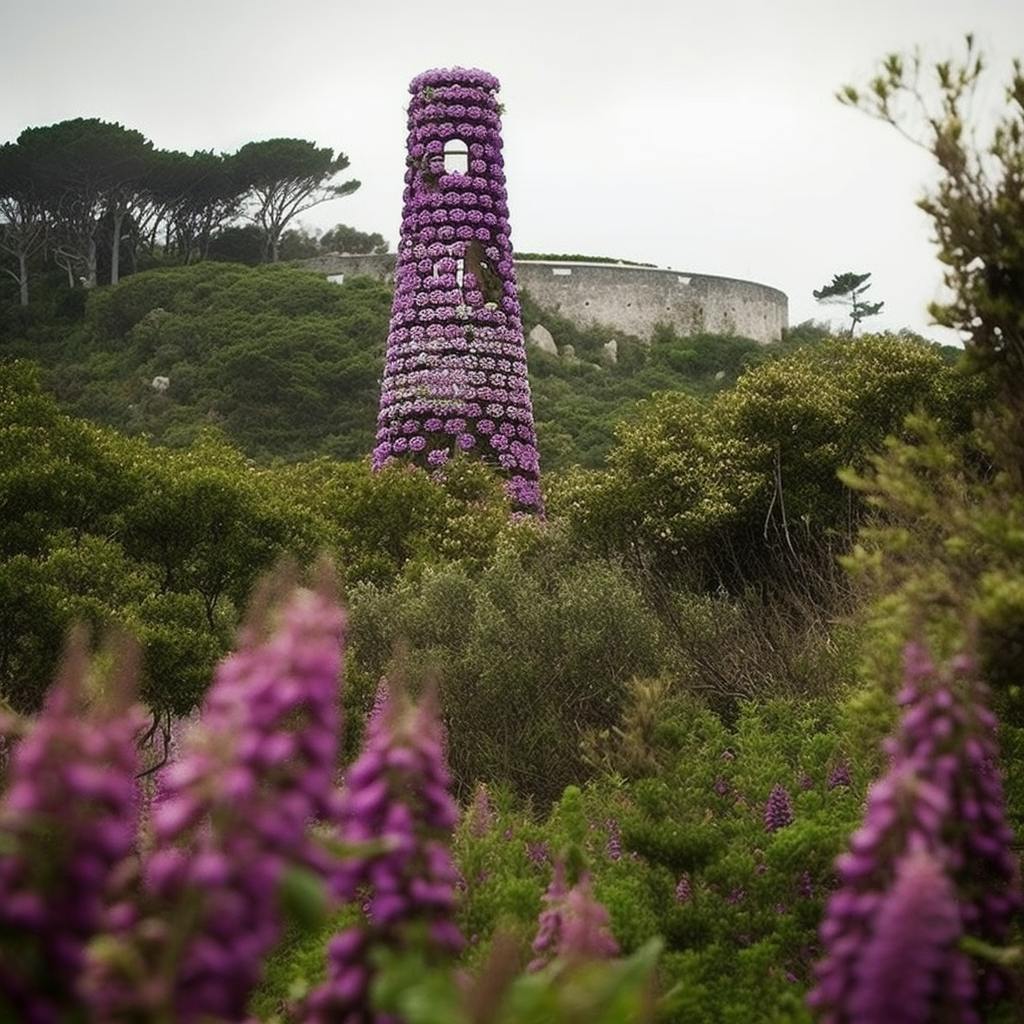
A collection of data sensor monitors local biodiversity help in the Sintra-Cascais Natural Park.
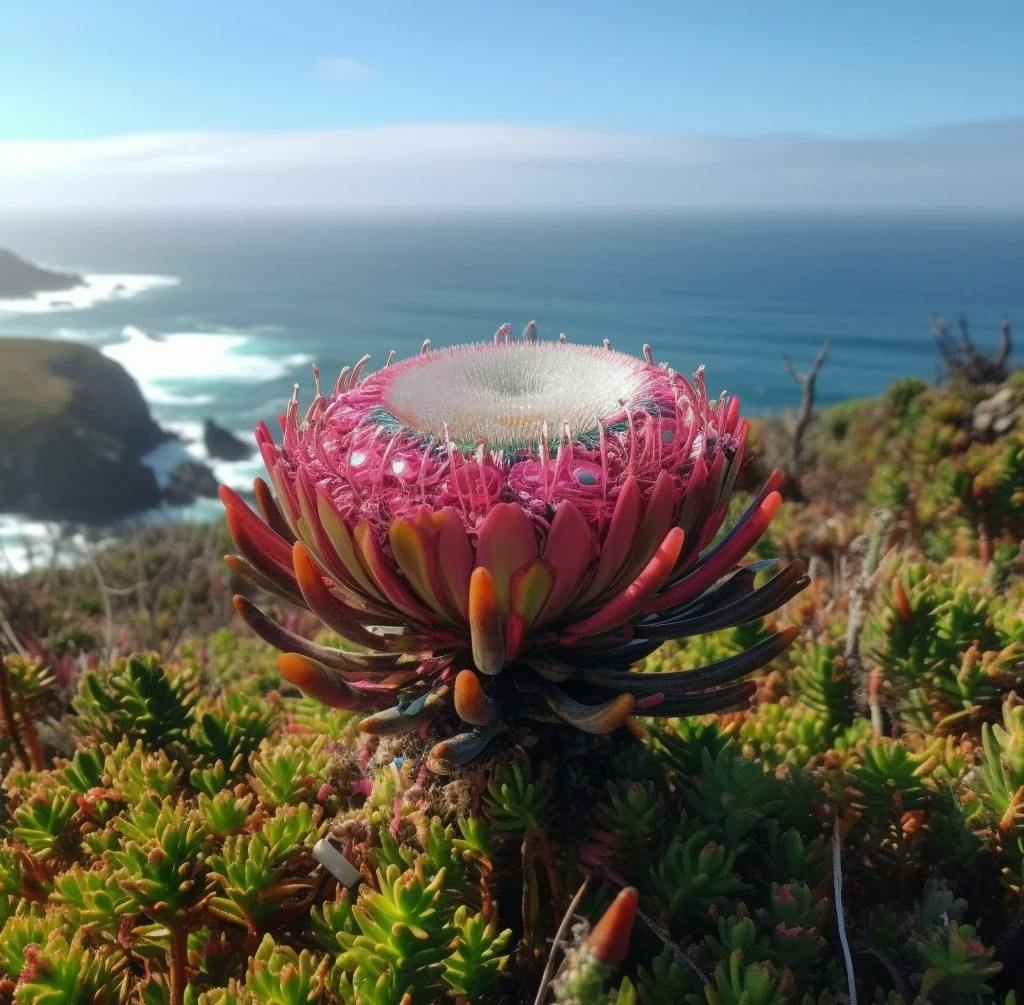
A data sensor mimicking the native Sea Fig plant collects data on cliffside erosions level near Cabo de Roca.
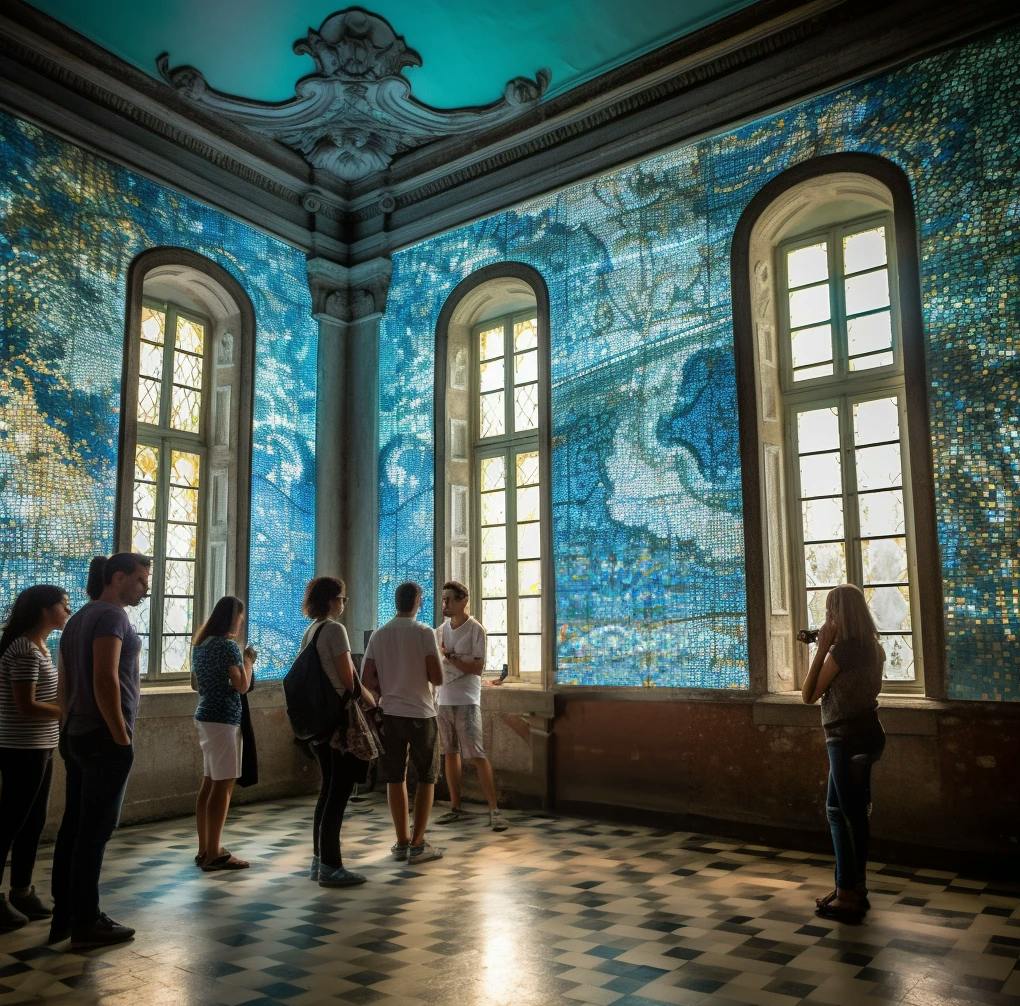
Ecological data from the surrounding Parque Natural de Sintra-Cascais region is displayed on data sensor tiles, which are also collecting hyperlocal data.
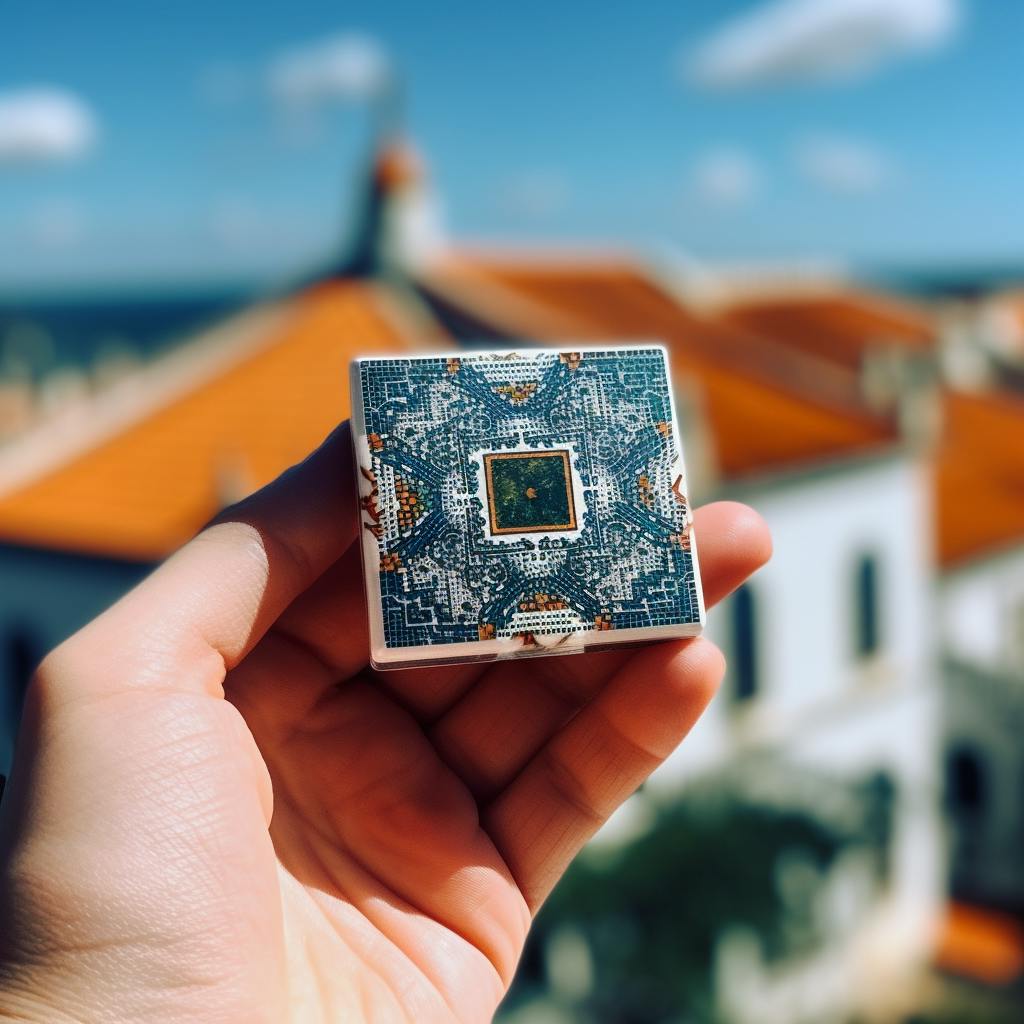
A data sensor that looks like an azulejo tile that monitors building health in Sintra.
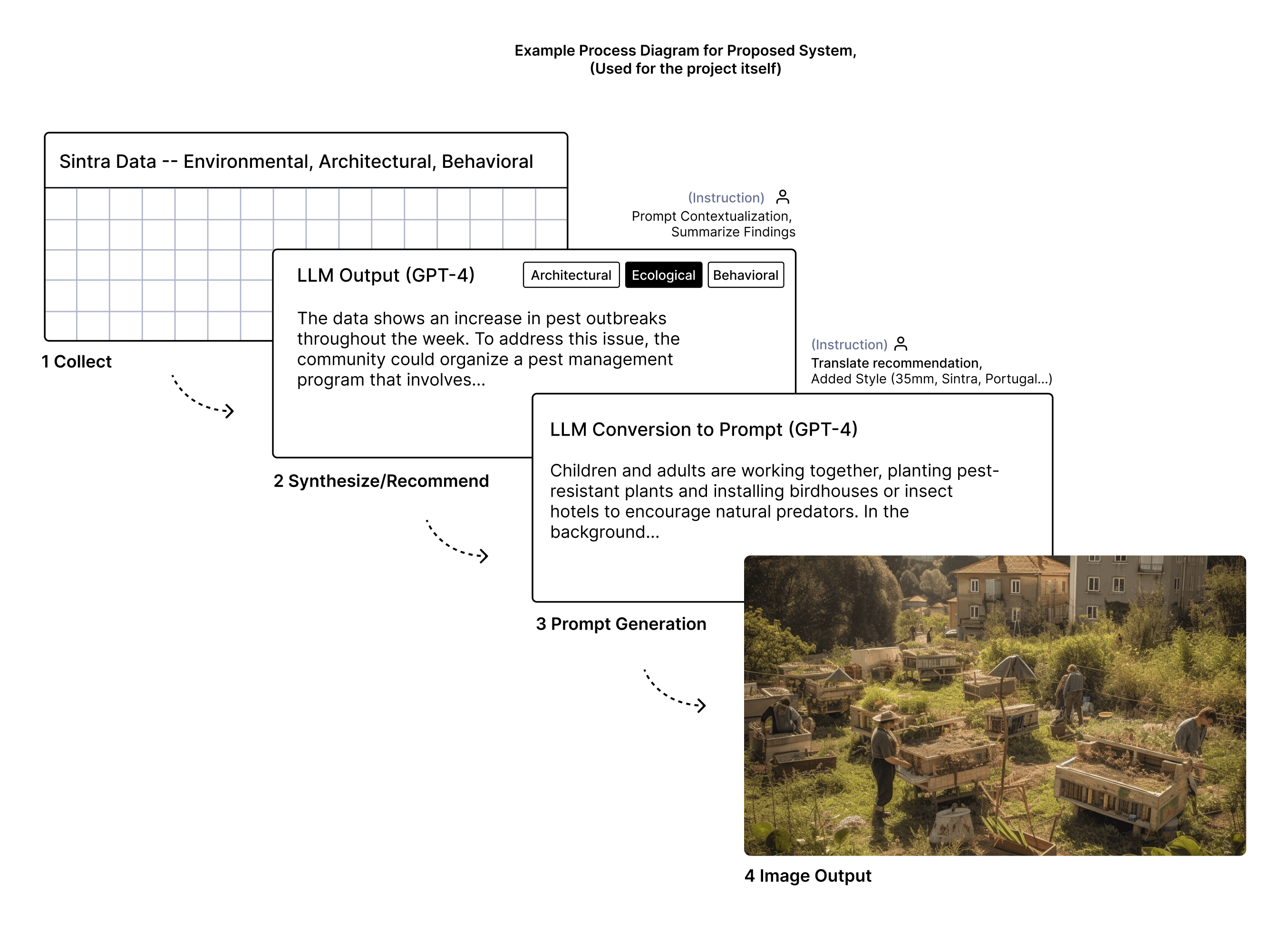
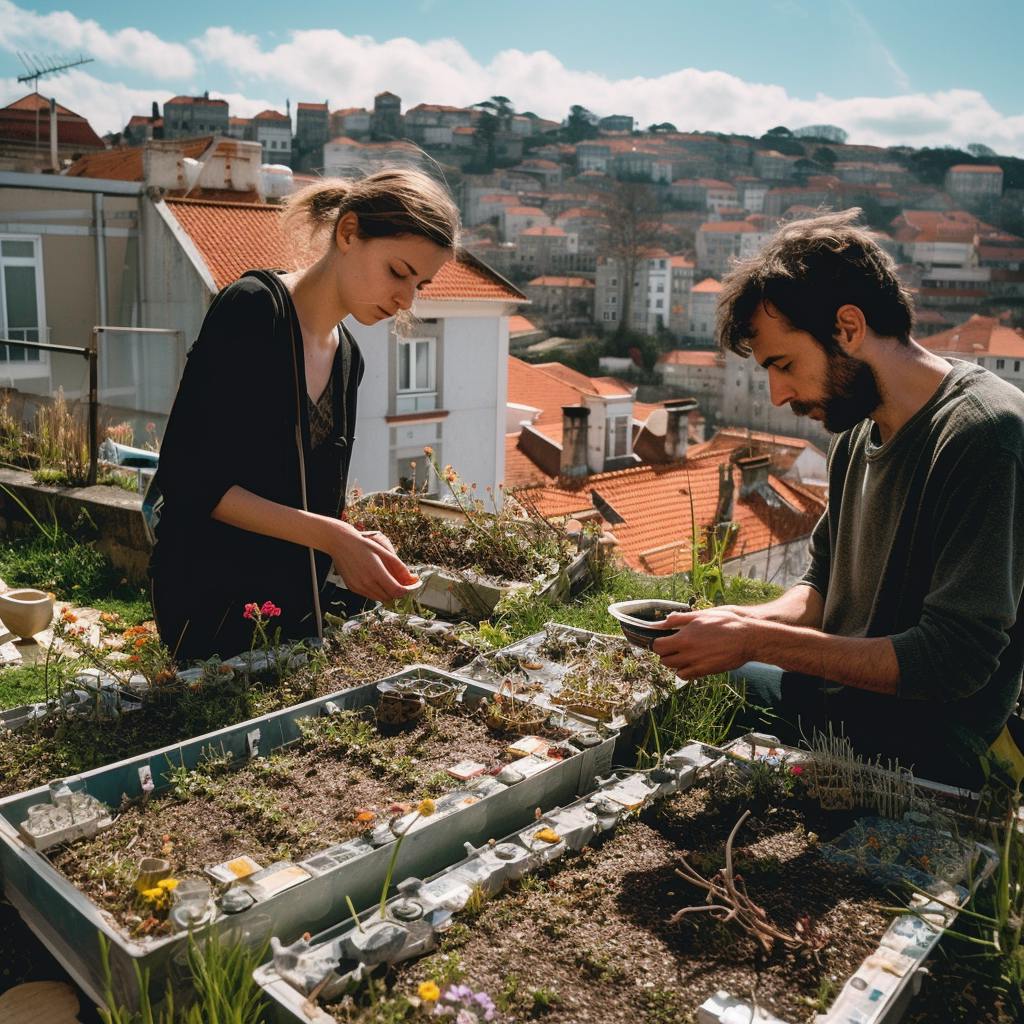
Our local flora sensors in the Serra de Sintra area indicate a decline in native plant species like limestone daffodil and Spanish lavender. Please consider planting and nurturing these species on your property to support the local ecosystem.
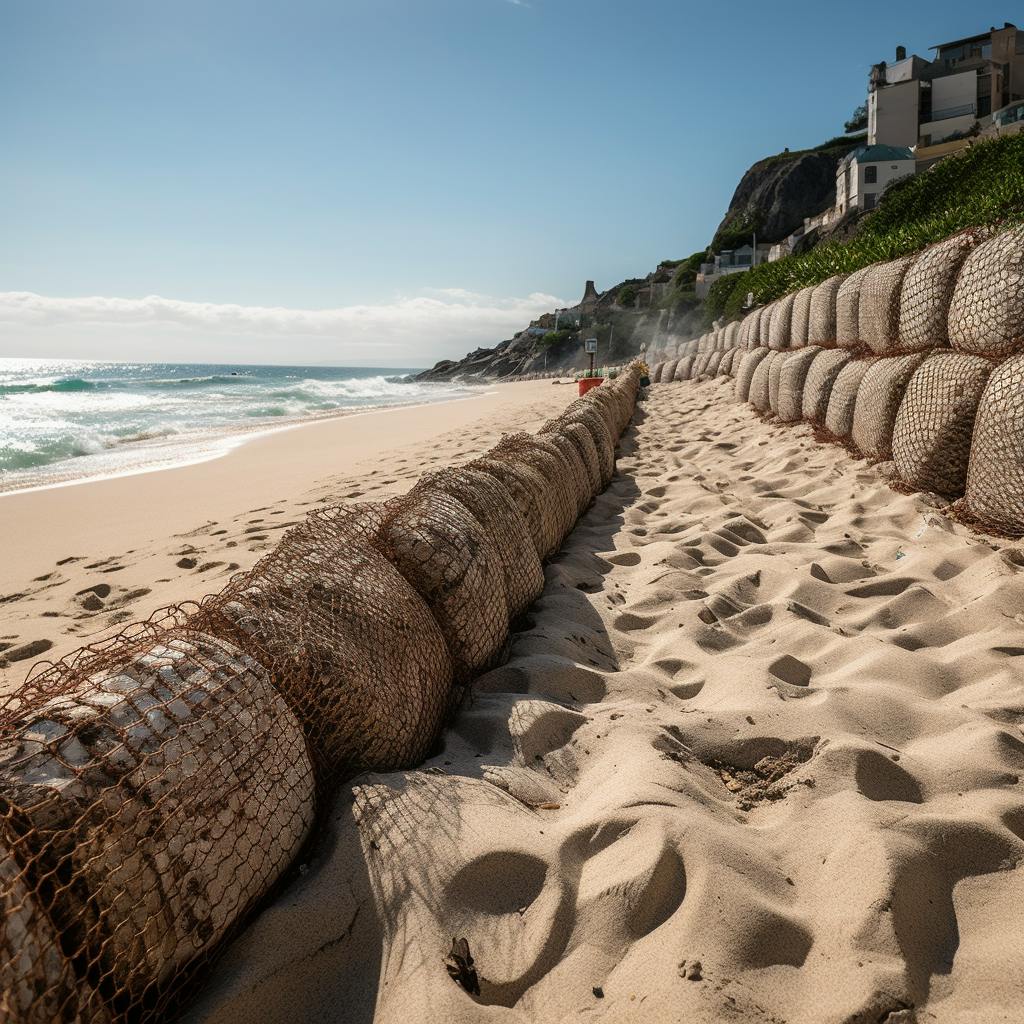
Coral data sensors in Praia das Maçãs indicate a need for increased green coverage and erosion prevention. Residents can participate in constructing small sandbag barriers or installing permeable surfaces along the shoreline to reduce erosion and protect the coastal ecosystem.
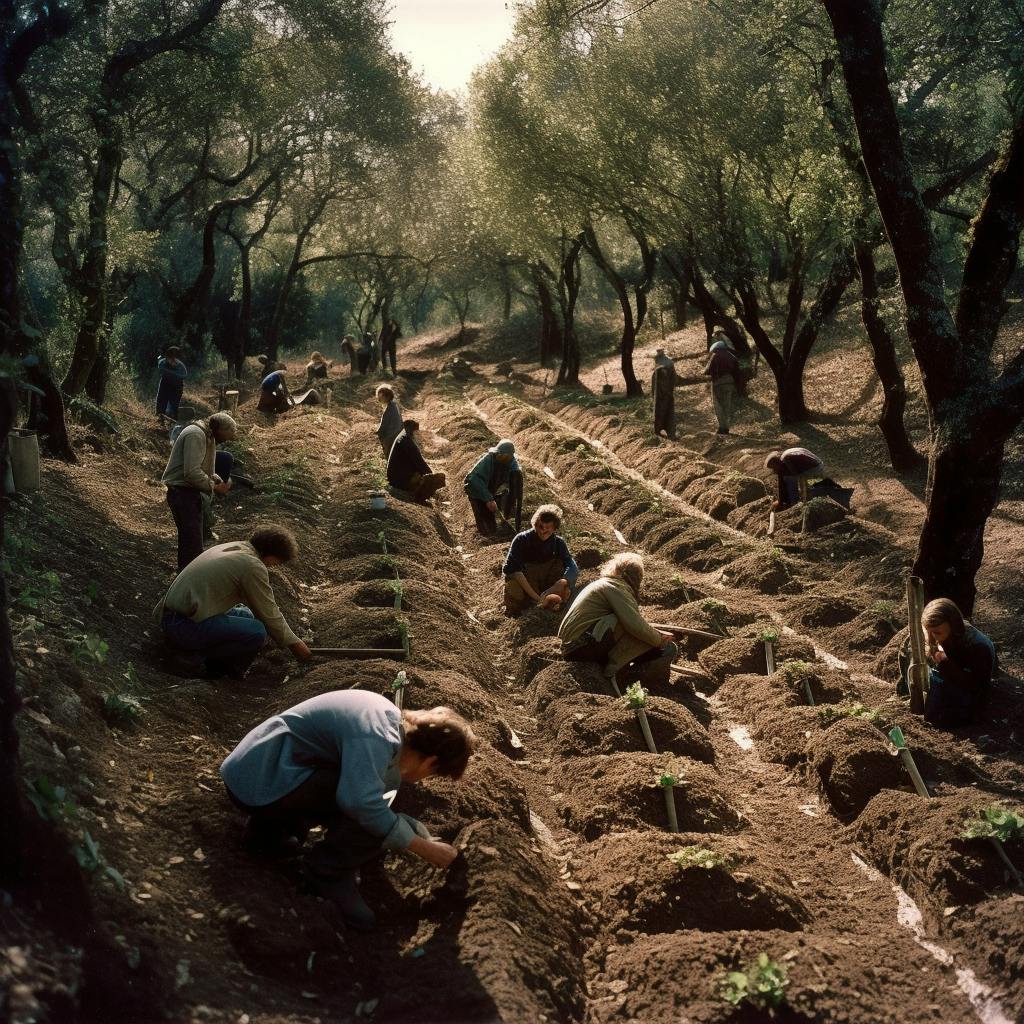
As soil moisture levels have fluctuated around 35%, assign a group of volunteers to monitor soil moisture at Sintra Mountain. Implement measures to enhance water retention such as installing swales or infiltration trenches. Plant cork oak and bay laurel to increase soil stability and water retention.
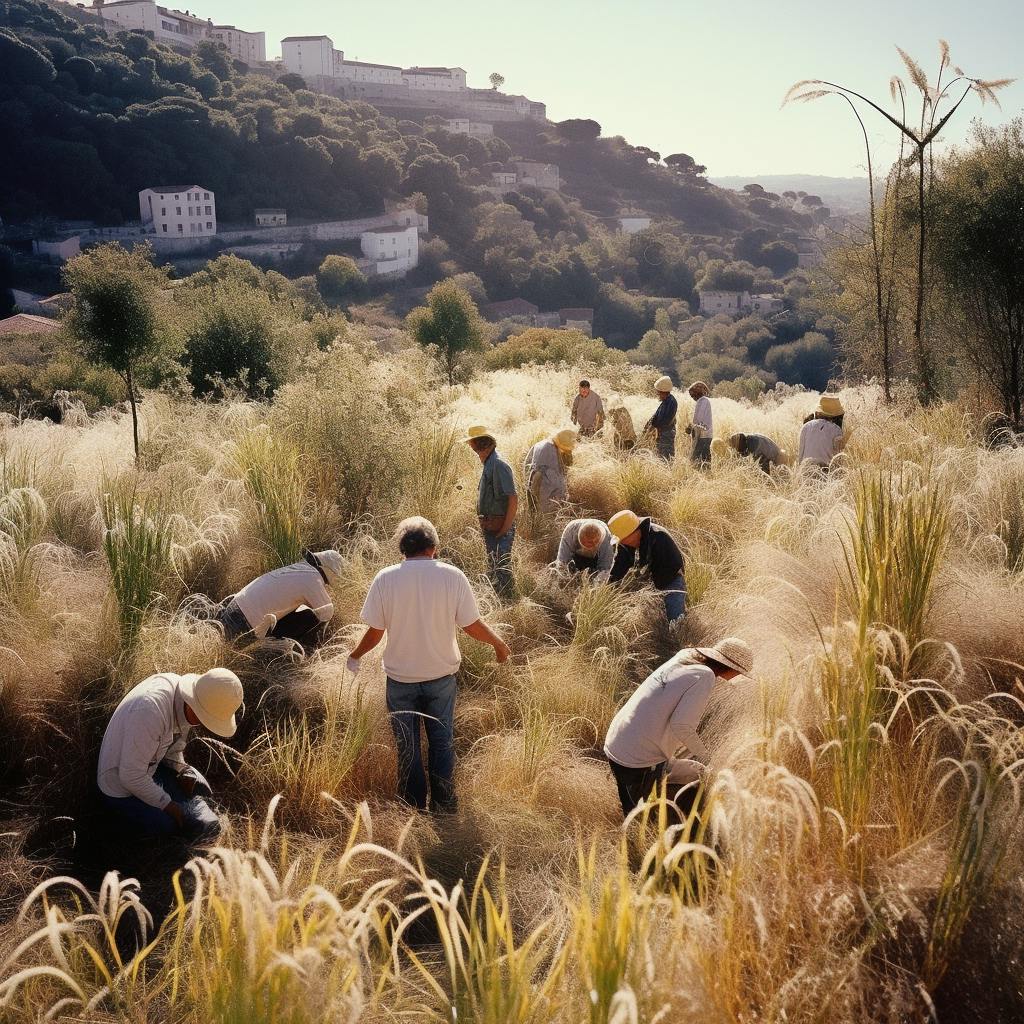
The data shows a consistent presence of invasive species, which can disrupt the native ecosystem. At Parque Sintra-Cascais, target areas around the Pena Palace and Convent of the Capuchos to remove ice plant and Bermuda buttercup, which may negatively impact the native flora and fauna.


